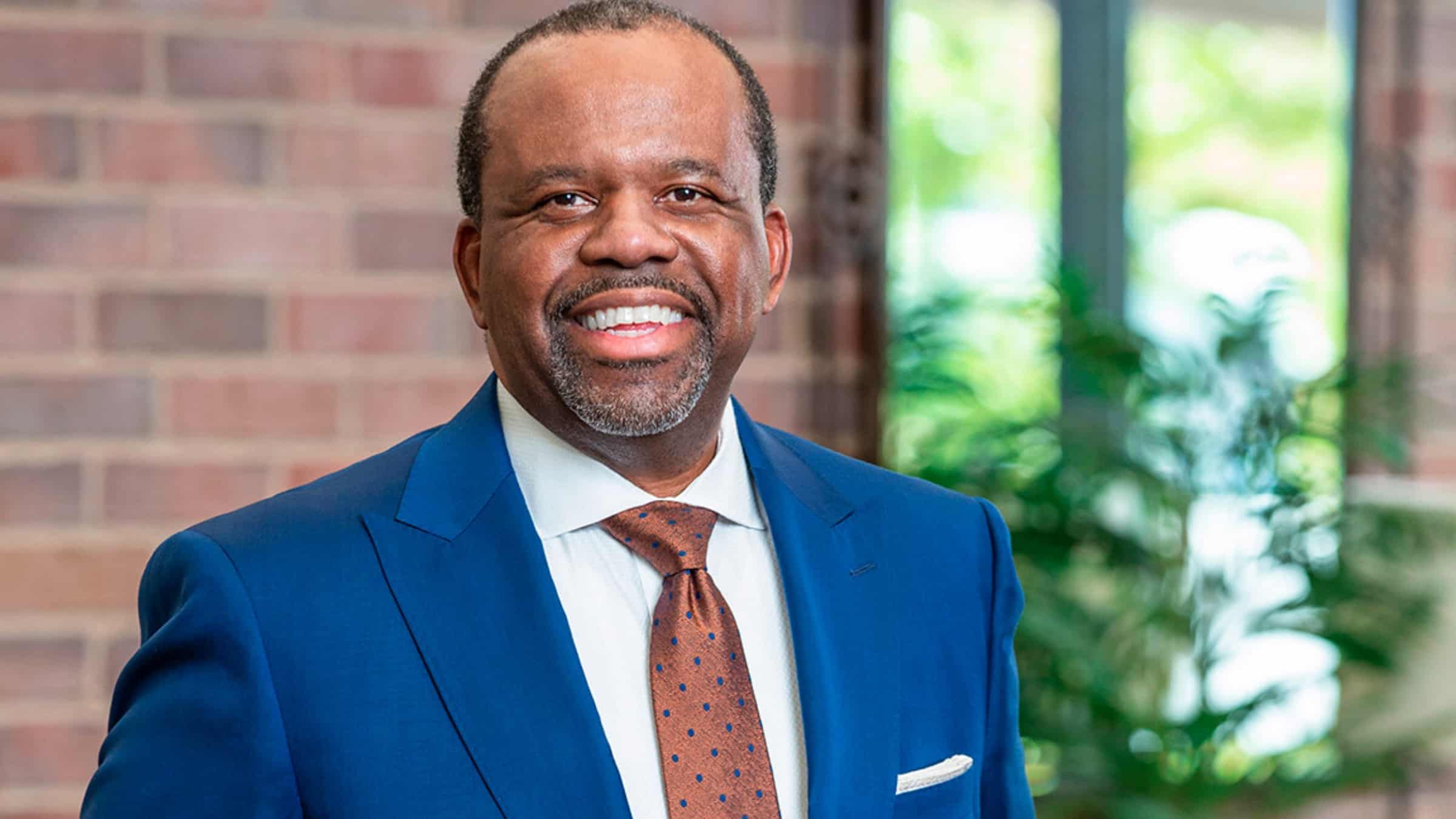“Who the **** is in charge around here?” This question left an absolutely indelible impression on my mind since I first heard it more than 30 years ago. Our unit was experiencing its first inspection by a Sergeant Major whose reputation definitely preceded him…It took him all of about 3 seconds ask “who the **** is in charge around here?” He then proceeded to communicate in no uncertain terms that he wasn’t nearly as concerned about the faults he would find, as he was about how our leader (guess who?) could have allowed them to occur in the first place.
It was at this precise moment that I came to understand that the most important factor in determining whether or not something will be successful is who is charged with the responsibility for making it happen.
I’m always amazed at the number of organizations that charge sub-par leaders with mission critical tasks and then wonder why they failed to meet their objectives. The most important decision a leader can make with regard to any implementation, initiative, project, objective, goal, task, etc. is who they are going to put in charge? As much as it may be politically incorrect to say so, it’s not nearly as much about the team, as it is the leader’s ability to assemble and lead the team. In all but the rarest of circumstances, teams simply don’t function well in the absence of sound leadership. In fact, in most cases I’d go so far as to say that in the absence of leadership you might be able to assemble a group of people, but said group will not function as an effective team on it’s own accord.
The only exceptions I’ve witnessed that contradict my observations mentioned above are situations where a purpose-aligned execution based on the desire to give selflessly in service exists. This normally occurs in crisis/emergency/volunteer situations – for an example of this please read Wally Bock’s excellent post . However, even in these circumstances personal leadership is still at the forefront of the success.
Whether you examine successful athletic teams, military teams, executive teams, management teams, technical teams, design teams, functional teams, or any other team, you’ll find that the best of the best have structure, a hierarchy of leadership, a clear understanding of roles, responsibilities & expectations, clear and open lines of communication, well established decisioning protocol, and many other key principals. Put simply; the most productive teams have the best leadership.
To further my point, you can examine any organization and you’ll consistently find that the the best performing units have the best leadership, and the worst performing units have leadership challenges to overcome. Furthermore, in well run organizations you can determine which initiatives are most important to the enterprise by examining which leaders are tasked to what initiatives. Great organizations assign their best leaders to the most significant opportunities and/or to correct key shortcomings (see previous post: Resourcing 101 for CEOs).
Bottom line…personal responsibility and accountability have always been the ultimate leadership “hot potato” in that everyone wants to be in charge, but few are willing to take ownership of the never-ending obligations that go along with the privilege of leadership. If the individuals placed in charge of executing key objectives, deliverables & results are not excellent leaders, you are simply setting yourself up for failure. The strongest argument for great leadership is what happens in its absence…very little.







